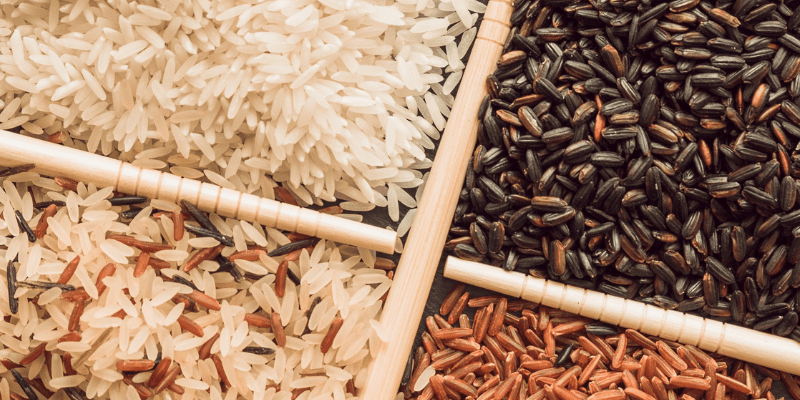
Introduction
Rice is more than just a staple—it’s a global necessity that feeds billions. Whether you are a food business, an importer, or a distributor, selecting the right type of rice is crucial for meeting market demands. The two primary categories, Basmati and Non-Basmati rice, offer distinct qualities in terms of aroma, texture, and use. Understanding these differences can help businesses make the right choice for their customers.
Basmati Rice: The King of Aromatic Grains
Origin & Characteristics:
Basmati rice, often called the "King of Rice," is known for its extra-long grains, fragrant aroma, and fluffy texture when cooked. It is primarily grown in Haryana, Punjab, and Uttar Pradesh in India, where the unique soil and climate conditions contribute to its signature nutty flavor and distinct elongation.
Best Uses:
- Premium dishes like Biryani and Pulao
- High-end restaurants and gourmet markets
- Health-conscious consumers (due to its lower glycemic index compared to other rice types)
Market Demand:
Basmati rice is highly sought-after in international markets such as the Middle East, Europe, and the United States due to its premium quality. While it comes at a higher price point, its superior taste and texture make it a worthwhile investment for businesses targeting premium buyers.
Non-Basmati Rice: The Versatile Choice
Varieties & Features:
Unlike Basmati, Non-Basmati rice comes in various shapes and sizes— short, medium, and long grains — each catering to different culinary applications. Popular varieties include:
- Sona Masuri – Light and aromatic, ideal for South Indian dishes
- IR-64 & Parboiled Rice – Sturdy texture, perfect for bulk use and exports
- Swarna Rice – Affordable, widely used for daily consumption
- 100% Broken Rice – Used in industrial applications like ethanol production
Best Uses:
- Everyday meals and large-scale catering
- Budget-friendly retail markets
- Bulk supply for industries and food processing
Market Demand:
Non-Basmati rice is more affordable and widely consumed, making it a high-volume product in countries like Africa, Southeast Asia, and Latin America. Its lower price and availability make it a go-to choice for cost-conscious buyers.
Which One Should You Choose?
- Target Market: If catering to premium buyers, Basmati is the best option. For mass consumption, Non-Basmati is more economical.
- Culinary Application: Restaurants serving gourmet dishes prefer Basmati, while everyday meals rely on Non-Basmati varieties.
- Pricing & Profit Margins: While Basmati has higher margins, Non-Basmati offers steady bulk demand.
At The Harmony, we source the finest Basmati and Non-Basmati rice from India’s best farms, ensuring quality, consistency, and reliable bulk supply for global businesses.



